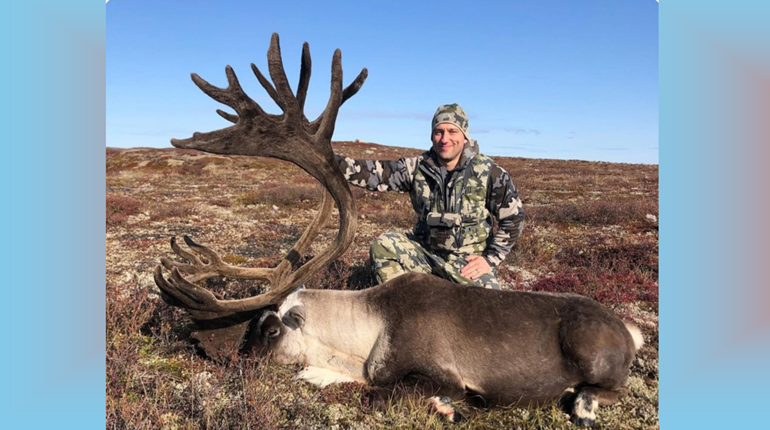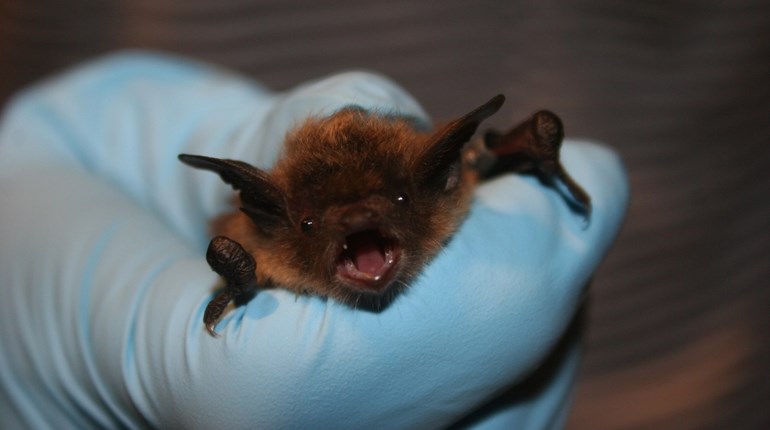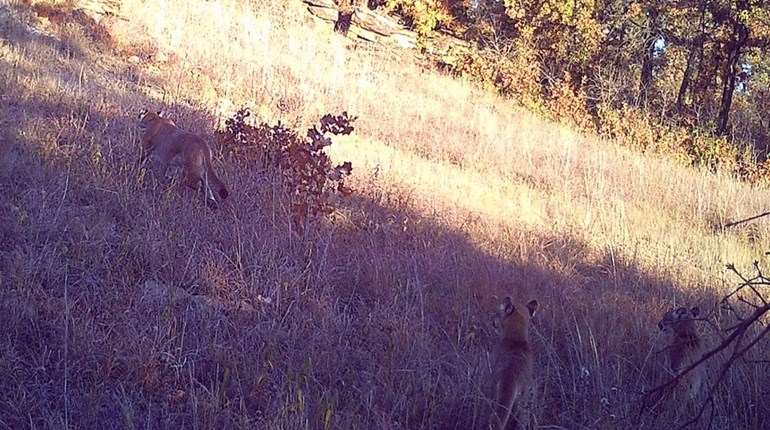
North America's breeding duck population has taken a slight dip in 2016, but remains well-above the long-term average, according to the annual Waterfowl Breeding Population and Habitat Survey released by Delta Waterfowl.
The annual survey, which has been conducted jointly by the U.S. Fish and Wildlife Service and Canadian Wildlife Service since 1955, puts the breeding duck population at 48.36 million. 2015's report indicated a record population of 49.52 million.
"The duck numbers are amazingly good," said Dr. Frank Rohwer, president of Delta Waterfowl. "Mallard numbers are especially surprising, and show why they are the most abundant duck in the world. They adapt to conditions exceptionally well.
The 2016 survey marks the highest estimates ever recorded for mallards and green-winged teal. The news was not as good for pintails, which dropped for a fifth-straight year.
"It's really clear that pintails overflew the prairies," said Rohwer, citing a 60 percent decline in breeding numbers in southern Saskatchewan. "Pintails and bluewings didn't find the seasonal and temporary wetlands they prefer for breeding, so much of the population did not settle in the prairies. When pintails overfly the prairies, production is always down."
The announcement comes on the heels of an earlier report from the organization, which forecasted a reduced fall duck flight. Indeed, fewer juveniles are expected to be in the air this season. Young ducks are generally easier to decoy and make up a significant portion of the hunter harvest.
"We'll be hunting flocks with more adult ducks in them this season, but the flights should be strong," Rohwer said.
For more information, go to DeltaWaterfowl.org.






































